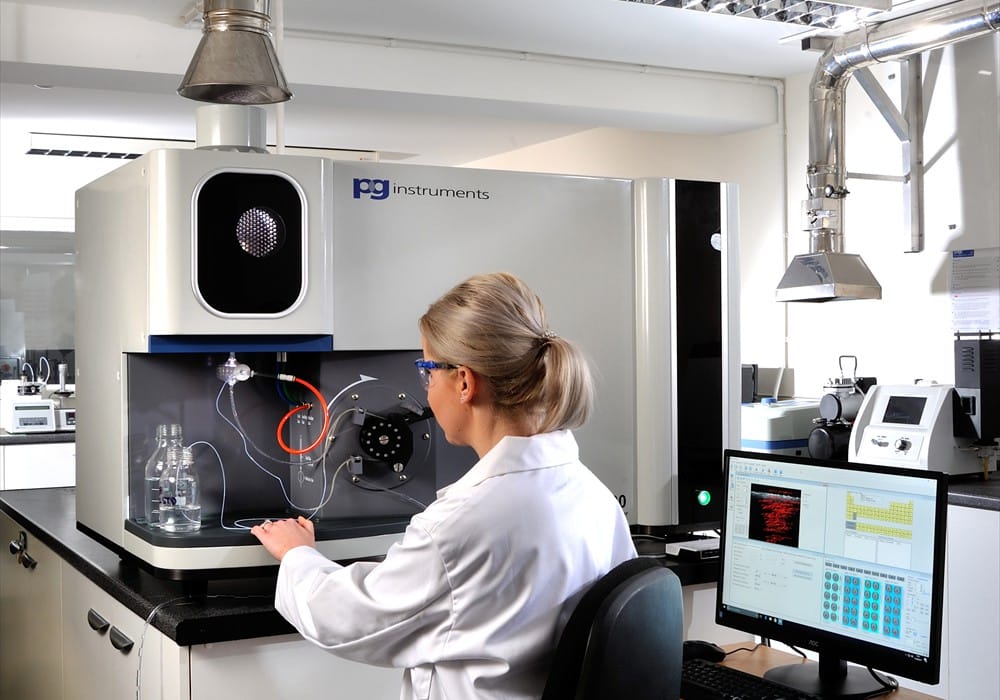Why Are ICP OES Instruments Essential for Modern Technology?

Inductively coupled plasma optical emission spectroscopy, or ICP OES, is currently one of the most powerful analytical techniques that has become irreplaceable in most areas of modern technology. The ability to detect and quantify a variety of elements with high precision in intricate samples.
This article describes why ICP OES instruments have become important for modern technology and discusses their own contribution to the development of various sectors.
1. High Sensitivity and Precision
ICP-OES spectrometers are very sensitive and provide excellent precision because ICP-OES enables trace-level detection of elements in samples, which is imperative in applications that involve minute levels of concentration. In applications like ICP OES has been able to analyze the quantity of heavy metals such as:
- Water
- Soil
- Air
Also, this ability assists in monitoring pollution levels and complying with environmental laws. The precision of ICP-OES extends to quality control processes in manufacturing, where even small deviations in elemental composition can have profound effects on the product’s performance and safety.
2. Wide Range of Elemental Detection
One salient feature of the ICP OES is its capability to analyze a wide range of elements simultaneously. While other analysis techniques may limit the scope to one or a few elements, ICP OES is capable of detecting nearly all elements in the periodic table.
Some applications require determining the composition of alloys, and pharmaceutical industries, which require elemental analysis of certain drugs, benefit from this. The ability to analyze multiple elements at once saves time and reduces many of the costs associated with sample preparation and analysis.
3. Versatility Across Industries
Remember the versatility of ICP OES instruments, in addition to its significant role in numerous industries. In the environmental field, it aids in identifying the impacts of pollutants and ensures the preservation of all natural resources.
In the food and beverage industry, it plays an important role in detecting contaminants and ensuring product safety. This technique is critical in geology and mining because it involves ore sample analysis to determine mineral content. Plus, ICP OES aids in the development of new materials in the electronics industry by accurately determining the element composition of high-performance electronic parts.
4. Rapid and Efficient Analysis
Take note that ICP OES's speed and efficiency in rapid analysis make it suitable for high-throughput laboratories, which consistently need to deliver numerous sample results in a short period of time. Under minimal sample preparation conditions, the typical technique usually delivers results in minutes so you have nothing to worry about.
Plus, industries that urgently require results for quality control or research always find this crucial. By processing samples in a short time with high accuracy, this will ensure that accurate data informs the decision-making process without significant delays.
5. Support for Research and Development
Researchers and developers, who are exploring new materials and technologies, find ICP OES instruments indispensable. Researchers use ICP OES to analyze the composition of experimental materials, which is essential for understanding the properties and optimizing performance.
Whether in the development of new alloys for aerospace applications or in the investigation of novel catalysts for chemical reactions, detailed elemental analysis via ICP OES underpins innovation and technological advancement.
ICP-OES, the Cornerstone of Modern Technology!
This is why ICP-OES instruments have become indispensable in modern technologies, boasting high sensitivity, a wide range of elemental detection, versatility in various industrial sectors and support for research and development.
Given the pace at which technology continues to evolve, the value of ICP OES as a source of validity will also continue to play a major role in many scientific and industrial fields.